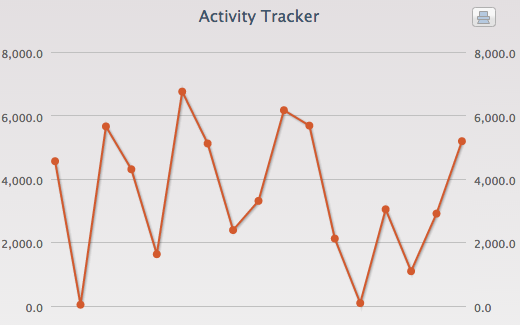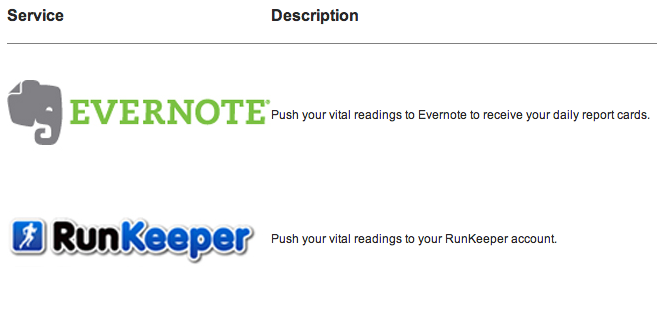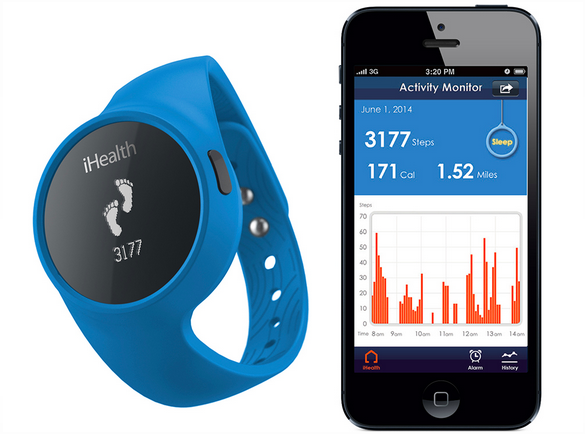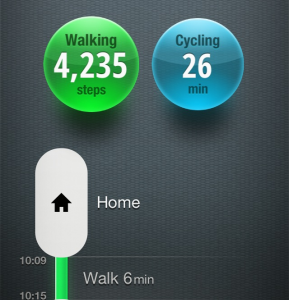In my last post I introduced the iHealth activity tracker. I gave my review of how usable, convenient and useful it was for me. This month I’m going to focus on how specifically it can help you be more active and help you start to build some habits around fitness.
During my testing of the device, I found a few of it’s abilities quite useful for helping to improve your activity level. The three key features I like are 1) setting goals 2) idle alarms and 3) partner integrations. Let me break them down:
1) Setting Goals
Within the iPhone app you are able to set your daily step goals. By default, this setting is set to 10,000 steps per day. This is an average number for an average person, however, this doesn’t mean it’s the right goal for you. This is an important piece! Most people take less than 5000 steps per day so to jump right to double that might not be ideal.
To best set your own personal goal, I suggest tracking your activity for a few days. Calculate your average daily steps and then add 500-1000 as your first goal. Once you can reach that goal consistently, you can increase it by another 500-1000 steps per day. The fun part is in the daily view. In the tracker, it shows your daily progress with a cute little frog on a podium. As you progress through the day you go from the ground, to 3rd, 2nd and finally 1st place!
2) Idle Alarms
This feature surprised me when I first set it up, literally! The idle alarm is a special alarm that goes off any time you are idle for the given amount of time. So, if you’ve been sitting at your desk for hours, the alarm will go off and tell you to get up and be active. You can set it for hours or even minutes. I played with it at 30 minutes for a while to remind me to at least stand up and stretch my body a bit a couple of times per hour. You’ll be surprised with how quickly 30 minutes of sitting can go by!
3) Partner Integrations
Through your iHealth web account, you can link your account to other services. The one I love most is of course Evernote, however, you can also link to your RunKeeper account or your MyFitnessPal account. By linking your device to these services, iHealth will automatically sync your data to those accounts. This is great for activity and calorie monitoring on those platforms. This integration allows you to keep
a bigger picture eye on things and easily keep all your data linked in one place.
I’d love to hear about your success. Has using an activity tracker helped you increase your activity and fitness?







